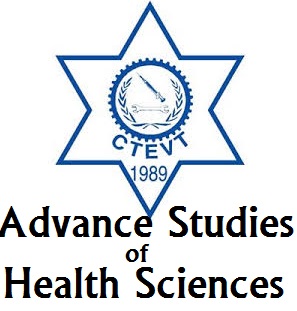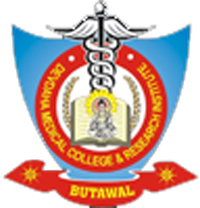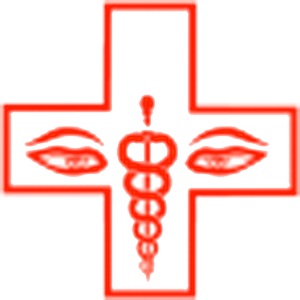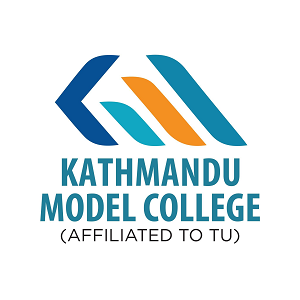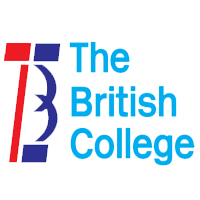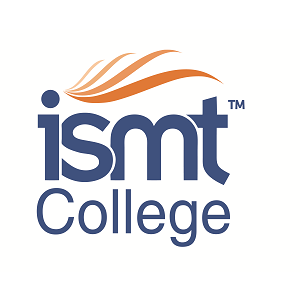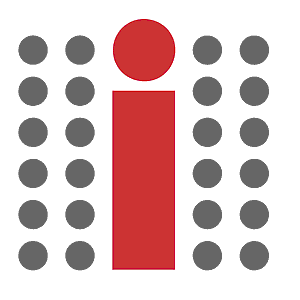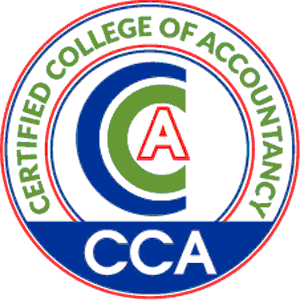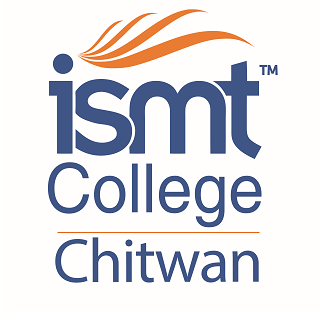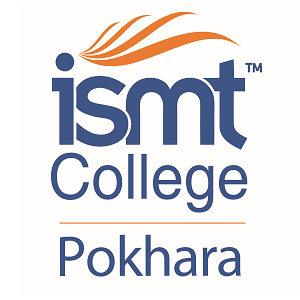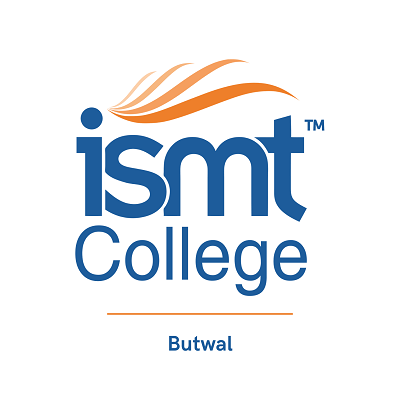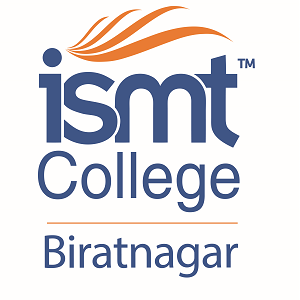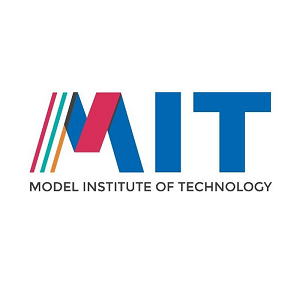Overview
PCL Nursing at Om Sai Nursing Campus, Siddharthanagar-9, Rupandehi
Thinking about PCL Nursing in Nepal and want clear steps for admission, study plan, and careers? This guide focuses on PCL Nursing at Om Sai Nursing Campus (CTEVT-affiliated) in Siddharthanagar-9, Rupandehi—covering curriculum, requirements, and outcomes for SEE/+2 Science graduates.
Overview
Students often ask where to begin. Start here.
PCL Nursing at Om Sai Nursing Campus runs under the CTEVT yearly system for three academic years. The campus sits in Siddharthanagar-9, Bhairahawa (Rupandehi) and operates with clinical support from Siddhartha City Hospital (100 beds).
The first batch started in 2079 BS with 40 students after affiliation approval. Facilities include hostel, library, and skill labs (Fundamentals, Computer, Community, Biochemistry, Midwifery).
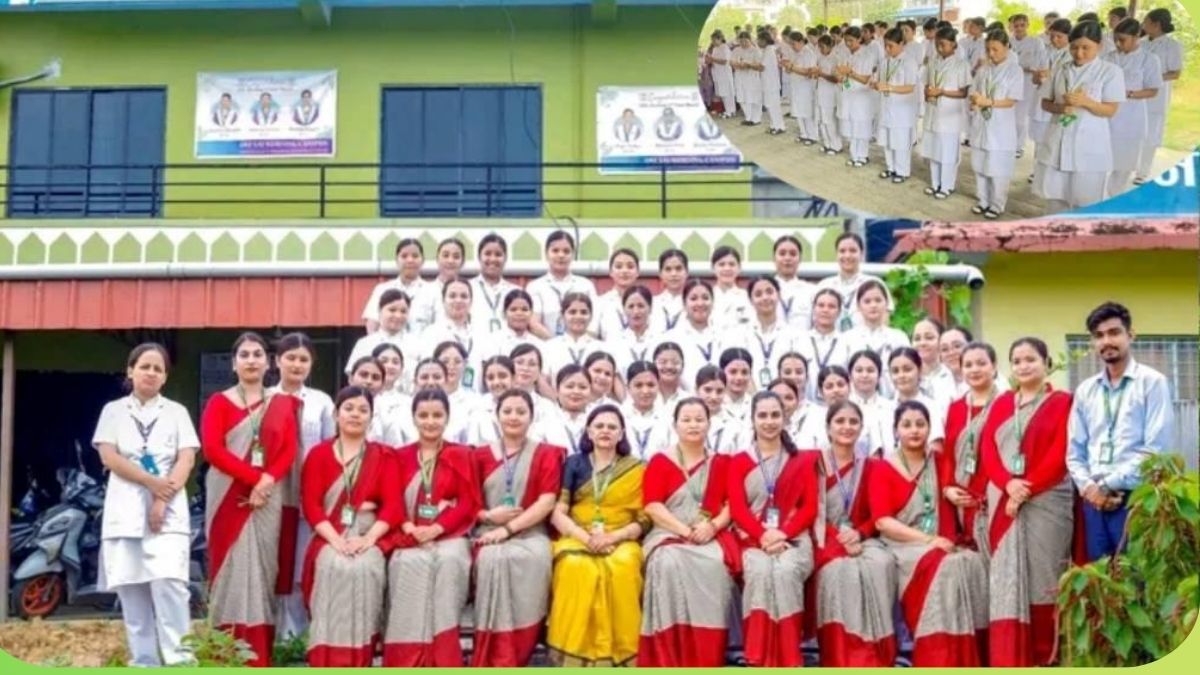
Highlights
If you prefer quick facts before details, read this.
-
Affiliation: Council for Technical Education and Vocational Training (CTEVT)
-
Duration & System: 3 years, yearly academic pattern; ~40 weeks/year, ~40 hours/week excluding exams
-
Batch Size: Maximum 40 students per batch (also 40 seats at this campus)
-
Attendance: Minimum 90% in each subject to sit final exams
-
Assessment: Internal + final; pass marks 40% theory and 50% practical; back-paper window within six years from enrollment
Curriculum Details
Here is what you will study across three years.
CTEVT prescribes a balanced theory–practical load, moving from fundamentals to clinical, community, midwifery, and leadership.
First Year (Foundations):
-
Fundamentals of Nursing (Theory & Clinical), Community Health Nursing I, Anatomy & Physiology, Basic Science Applied to Nursing (Pharmacology, Biochemistry, Microbiology), English, Nepali.
-
Approx. 720 theory hours and 840 practical hours.
Second Year (Adult, Geriatric, Mental Health, Community):
-
Medical–Surgical Nursing I & II (theory+practical), Geriatric Nursing, Behavioral Science & Mental Health, Community Health Nursing II, Social Studies.
Third Year (Maternal, Child, Leadership):
-
Midwifery I–III, Gynecological Nursing, Child Health Nursing, Leadership & Management (theory+practical).
Successful completion awards the Proficiency Certificate Level in Nursing (PCL Nursing).
Objectives
Readers want clarity on purpose.
-
Build safe, effective nursing practice at hospital and community levels.
-
Apply nursing process to promote, maintain, and restore health.
-
Use communication and leadership skills in real care settings.
Scope
Not sure how far this course can take you?
Graduates enter the health system as Staff Nurse (non-gazetted 1st class, technical—per PSC provisions). Graduates may pursue Bachelor of Nursing or equivalent as per university rules. Registration and career progression follow national regulations.
Learning Outcomes
Here’s what you should be able to do by graduation.
-
Offer evidence-based bedside and community care using the nursing process.
-
Perform core procedures safely (vital signs, medication administration, asepsis, wound care).
-
Provide maternal, neonatal, pediatric, adult, geriatric, and mental health nursing at the level prescribed by CTEVT.
-
Maintain accurate records, communicate with teams, and uphold ethical and legal standards.
Skill Development Modules
Students often look for hands-on work.
-
Fundamentals Lab: Basic procedures, infection prevention, positioning, comfort measures.
-
Community Lab & Field: Home visits, surveys, micro-health projects, health education.
-
Midwifery Lab: Antenatal, intranatal, postnatal care simulations.
-
Biochemistry/Microbiology/Pharmacology: Basic science applied to nursing practice.
Teaching Methodology
Learning feels smoother when methods are clear.
-
Classroom: Illustrated lectures, group discussion, seminars, case analysis, assignments.
-
Labs/Clinical: Demonstration, guided practice, supervised clinical postings, observation visits, project work.
-
Ratios: Theory 1:40; Demonstration 1:10; Clinical 1:6–8; Community 1:10–12.
-
Medium: English and/or Nepali.
Admission Requirements
Worried about the entrance exam? Focus on the checklist first.
-
Eligibility (any one route):
-
SEE: GPA ≥ 2.0 with C in Compulsory Math, English, Science; or
-
SLC 2nd Division (45%) with English, Science, Math; or
-
SLC + TSLC in ANM with minimum 68.33%.
-
-
Entrance Exam: Must pass the CTEVT entrance; merit-based selection.
-
Group Size: Up to 40 per batch.
Career Opportunities
Students choose paths that fit their goals.
-
Hospitals/Clinics: Medical–Surgical wards, Maternity, Pediatrics, Emergency, OPD.
-
Community/Public Health: Health posts, outreach, school health, MCH/FP clinics.
-
Further Study: Bachelor of Nursing or equivalent as per university rules.
Scholarships and Financial Aid
CTEVT and institutions announce scholarships through official notices each intake. Seat categories, required documents, and timelines follow CTEVT guidelines and campus publications. Check current notices before applying.
Why Choose This Course?
Students value clarity, practice, and reliable assessment.
-
Hospital-Managed Learning: Daily exposure via Siddhartha City Hospital supports clinical skill-building.
-
Structured CTEVT Framework: Defined hours, internal+final evaluation, and clear pass criteria build accountability.
-
Focused Batch Size: 40 seats encourage close supervision in labs and wards.
-
Facilities: Hostel, library, Fundamentals, Community, Biochemistry, Computer, and Midwifery labs support the skill set needed for entry-level nursing.
Conclusion
Students need trustworthy information to plan next steps. PCL Nursing at Om Sai Nursing Campus follows the national CTEVT curriculum and assessment standards, offers a practical three-year path into nursing service, and links learning with real hospital and community settings. Review the latest official notices for application windows and document lists, then prepare for the entrance exam with a clear plan.


